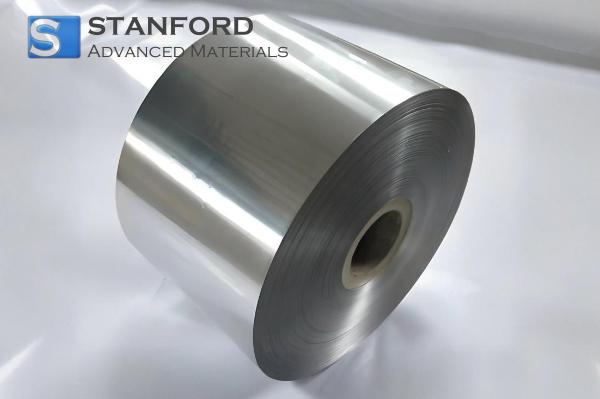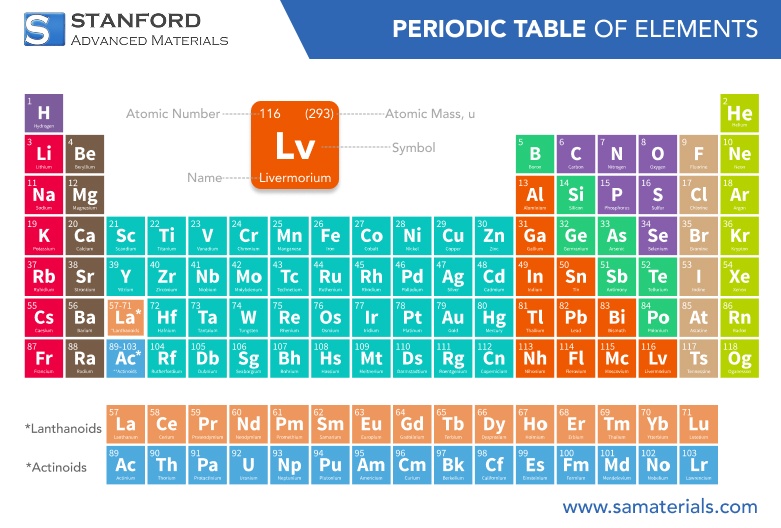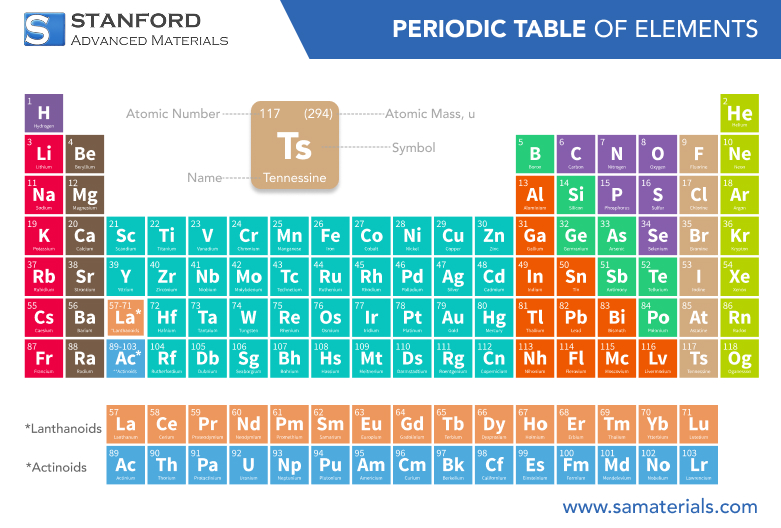Plutonium: Element Properties And Uses
Of the elements on the periodic table, plutonium is among the most historic and scientifically complex. Renowned for its extreme radioactivity, diverse chemistry, and central role in nuclear technology, plutonium continues to be a subject of global research, energy development, and control. Notoriously associated with nuclear weapons, plutonium is also a critical material in the generation of electricity and in powering spacecraft for deep space missions. Understanding this element requires an investigation into its origin, structure, behaviour, and applications across many facets of science and engineering.
Introduction to the Element
Plutonium is a member of the actinide series and does not occur in nature in any meaningful quantities. It was first synthesised in the early 1940s during U.S. nuclear research efforts, whereby scientists were looking for new fissile materials beyond uranium. Characterised by a dense electron configuration and multiple oxidation states, plutonium became integral to nuclear physics quite quickly. Its ability to sustain a fast neutron chain reaction—a unique property among many other elements—ensured its central place in the development of nuclear reactors and early atomic weapons. Today, plutonium remains a cornerstone of nuclear science, with tightly controlled production and usage due to both safety, environmental, and geopolitical considerations.
History and Naming
Plutonium's discovery is inextricably linked with the scientific tempo of World War II. In 1940, a group of researchers led by Glenn T. Seaborg, Edwin McMillan, Joseph Kennedy, and Arthur Wahl, working at the University of California, Berkeley, first produced plutonium by bombarding uranium-238 with deuterons in a cyclotron. Further experiments showed that one of the isotopes formed, plutonium-239, could undergo sustained nuclear fission.
The element was named for Pluto, which was considered a planet at that time. This followed an astronomical naming convention: uranium for Uranus, neptunium for Neptune, plutonium for Pluto. Scientists later joked that the symbol “Pu” was chosen because of the element’s unpleasant reputation, but the naming convention was consistent with its neighbours in the periodic table.
In one fell swoop, plutonium's discovery would change not only nuclear science but also worldwide politics, energy research, and international security frameworks for decades to come.
Chemical Properties Description
Chemically, plutonium is very complicated: it has six common oxidation states (+3, +4, +5, +6, and +7) represented by different colours in its solutions. This wide range accounts for its great diversity of reactivity and the variety of oxides, halides, and coordination compounds.
In air, plutonium metal oxidises readily to form a surface coating of plutonium oxide that can flake off, an important consideration in both storage and safety. In water, the metal can react to produce hydrogen gas and a mixture of oxides and hydroxides, making its behaviour relevant to corrosion science and long-term nuclear waste management.
Because many plutonium compounds are powerful emitters of radiation, their chemistry is studied under highly specialised laboratory conditions using remote handling systems, glove boxes, and heavy shielding.
Physical Properties
The physical properties of plutonium are as unusual as its chemistry:
|
Property |
Value |
Unit |
Notes |
|
Atomic Number |
94 |
- |
Actinide series element |
|
Atomic Weight (Pu-239) |
239.05 |
amu |
Common isotope used in reactors |
|
Density |
19.86 |
g/cm³ |
At room temperature |
|
Melting Point |
639.4 |
°C |
For a specific allotrope |
|
Boiling Point |
3228 |
°C |
Approximate value |
|
Crystal Structure |
Complex |
- |
Exhibits multiple phases |
The crystal structure of plutonium is notoriously unstable and varies between a number of allotropes at different temperatures. The density and mechanical properties change drastically among the allotropes, making metallurgical study of plutonium both difficult and necessary, particularly for nuclear engineering applications.
Please check Stanford Advanced Materials (SAM) for further details.
Plutonium vs. Uranium
Although often mentioned in the same breath, plutonium and uranium vary fundamentally in:
Source
• Uranium is naturally occurring and mined from ores like uraninite.
It can be noted that most plutonium is synthetic in origin, resulting from the absorption of neutrons by uranium-238 in a nuclear reactor.
Nuclear behaviour
• The naturally occurring isotope, Uranium-235, can undergo fission but is rare.
• Plutonium-239 is easier and quicker to produce in large amounts and is more fissile, contributing to its use both in reactors and weapons.
Applications
• Uranium is the primary fuel in most commercial reactors.
• Plutonium is used in MOX fuels, advanced reactor designs, and specialised military applications.
Safety and Toxicity
Plutonium is more radiologically and chemically hazardous than uranium, hence its handling controls and international monitoring must be considerably tighter.
Common Uses
Plutonium serves many purposes in different areas:
Defence
The very point of nuclear weapons relies on plutonium-239 because it's capable of undergoing fission rapidly in compact geometries.
Energy
Reactor-grade plutonium is utilised in MOX fuels for the generation of electricity to extend the usefulness of spent nuclear fuel.
Space Exploration
These RTGs are powered by plutonium-238 and have been used in such missions as Voyager, Cassini, and the Mars rovers.
Scientific Research
Plutonium compounds assist researchers in studying radioactive decay, the behaviour of actinides, and advanced materials under extreme conditions.
Methods of Preparation
Plutonium is produced mainly by the irradiation of uranium-238 in a nuclear reactor. Uranium-239, which is formed by the capture of neutrons, decays to neptunium-239 and subsequently to plutonium-239. The chemical separation of plutonium from spent fuel by solvent extraction or ion-exchange techniques is complex. The procedures are performed under highly controlled safety conditions because of the radiological hazards of the material.
Frequently Asked Questions
Why is plutonium considered to be so dangerous?
It is both highly radioactive and chemically toxic, requiring strict safety measures.
What isotopes are most important industrially?
Plutonium-239 for reactors and weapons, and plutonium-238 for power sources in spacecraft.
How is plutonium separated from nuclear fuel?
By using multistage chemical separation techniques including solvent extraction and remote-handled equipment.
Can plutonium be used for peaceful purposes?
Yes, it does play a significant role in nuclear power and space exploration technologies.
What makes the handling of plutonium safe?
International regulations, specialised containment systems, and rigorous training in radiological safety

 Bars
Bars
 Beads & Spheres
Beads & Spheres
 Bolts & Nuts
Bolts & Nuts
 Crucibles
Crucibles
 Discs
Discs
 Fibers & Fabrics
Fibers & Fabrics
 Films
Films
 Flake
Flake
 Foams
Foams
 Foil
Foil
 Granules
Granules
 Honeycombs
Honeycombs
 Ink
Ink
 Laminate
Laminate
 Lumps
Lumps
 Meshes
Meshes
 Metallised Film
Metallised Film
 Plate
Plate
 Powders
Powders
 Rod
Rod
 Sheets
Sheets
 Single Crystals
Single Crystals
 Sputtering Target
Sputtering Target
 Tubes
Tubes
 Washer
Washer
 Wires
Wires
 Converters & Calculators
Converters & Calculators
 Write for Us
Write for Us




 Chin Trento
Chin Trento



